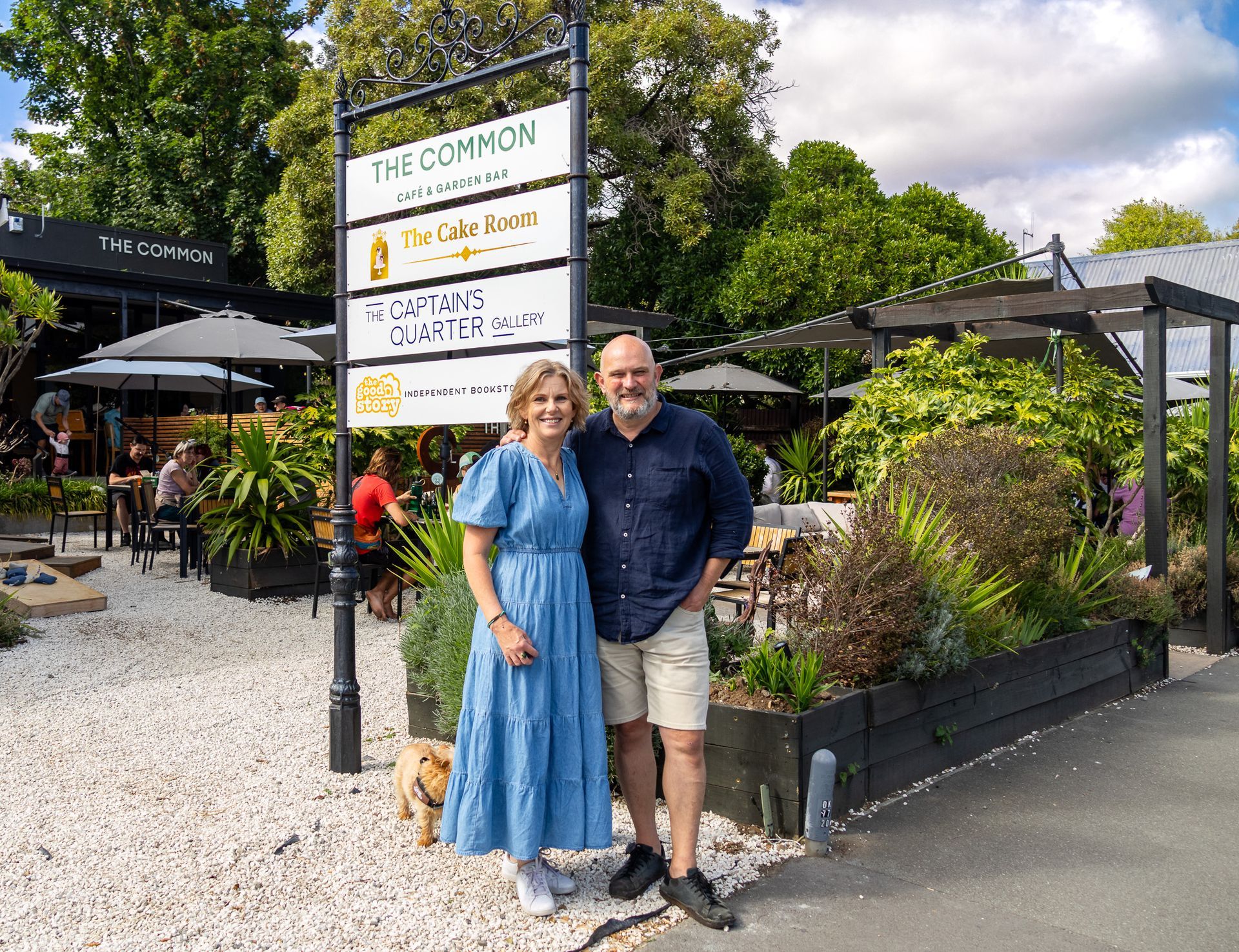The Canterbury High Country’s landscape is more than just the mountains and the sky. It holds embossed stories of long family heritage and history of stewardship with the environment. Sarah Perriam learns more about the threat to inter-generational connection to the high country’s future with Philip Todhunter of Lake Heron Station.
Bubbling away in the Beehive’s corridors has been a stoush of new regulations and proposed changes, destined to have long-term implications for farming in the Canterbury High Country.
The irony is it could be counterintuitive to the intention to lock up and leave to nature.
Early 2019, the Minister of Conservation, Green Party MP Eugenie Sage asked for submissions for the Crown Pastoral Land Reform Bill to end tenure review. Tenure review is the process of the government’s reviewing the leasehold tenure of farmers grazing Crown pastoral land on 1.2 million hectares in the South Island, which came into force in 1948 as an incentive for farmers to better manage the land.
‘If these changes are brought into law, farmers and the Commissioner of Crown Lands will be strangled in red tape and environmental outcomes will go backwards,’ explains Chair of the High Country Accord Trust, Philip Todhunter.
Fourth-generation high country land-owner at Lake Heron Station, Philip and his wife Anne have been farming merinos on nearly 20,000 hectares with their family since taking over the property and the legacy that has been with the Todhunter family since 1917.
‘We live in an area with high natural beauty and while we are not a national park, we do have lots of conservation values which we’re incredibly proud of. The stewardship role of farmers working Crown pastoral land, particularly our responsibilities for weed and pest control, is at the centre of our current contract with the Crown,’ explains Philip.
I worked in rural real estate in Central Otago in the mid-2000s when Prime Minister Helen Clark went around New Zealand buying up high country stations for the Department of Conservation and throwing away the key. I have personally seen what has happened to the environment since grazing livestock was removed and the indigenous biodiversity intended to protect has led to a pest management problem.
‘There are many examples in the Mackenzie Basin, certainly the lower Ben Ohau region where light grazing has been removed and the wilding conifer spread is out of control and it became a cost to the taxpayer,’ continues Philip. ‘Fortunately, there’s a lot of money going towards it now to control it. But if the sheep grazing had been maintained, then the problem would not be the same. Also, gorse, broom, wild deer, goats, pigs and of course rabbits have exploded.
It’s not just Minister Sage’s law reform in the name of the environment that has a contradictory outcome. Minister David Parker’s freshwater national policy standards that came into force in September exclude high country livestock that roam lightly on the landscape. The capital expenditure required to meet new regulations will become an economic pitfall that leaves little reserves for conservation and pest control.
‘Under the bill as it stands, we’d need to apply for consent to fence off a wetland or waterway and then another consent to put in a new stock water trough so our livestock can have a drink,’ explains Philip.
And who pays for the consent, the fencing and the stock water system? The uncertain Crown pastoral leaseholder with anticipated dwindling merino stock numbers that will in turn affect the export receipts to New Zealand.
A Lincoln University report in 2004 predicted a ‘devastating’ 31 per cent cut in merino wool supply if the government didn’t change the way it went about tenure review, which was at the time intending on creating a network of 22 new high country parks by then Prime Minister, Helen Clark. Minister Sage is proposing an end to tenure review for the entire high country.
Philip concludes, ‘If they are successful in implementing this, it will be a sad day for the land, the environment, the families who have nurtured these properties, and the local communities which service regional New Zealand economically.’
End Note:
Disclaimer: This article was completed in late-August and changes to the proposed bill may have passed or changed since writing.
WORDS Sarah Perriam Images Lake Herron Station
Recent stories

All Rights Reserved | CountryWide Media






